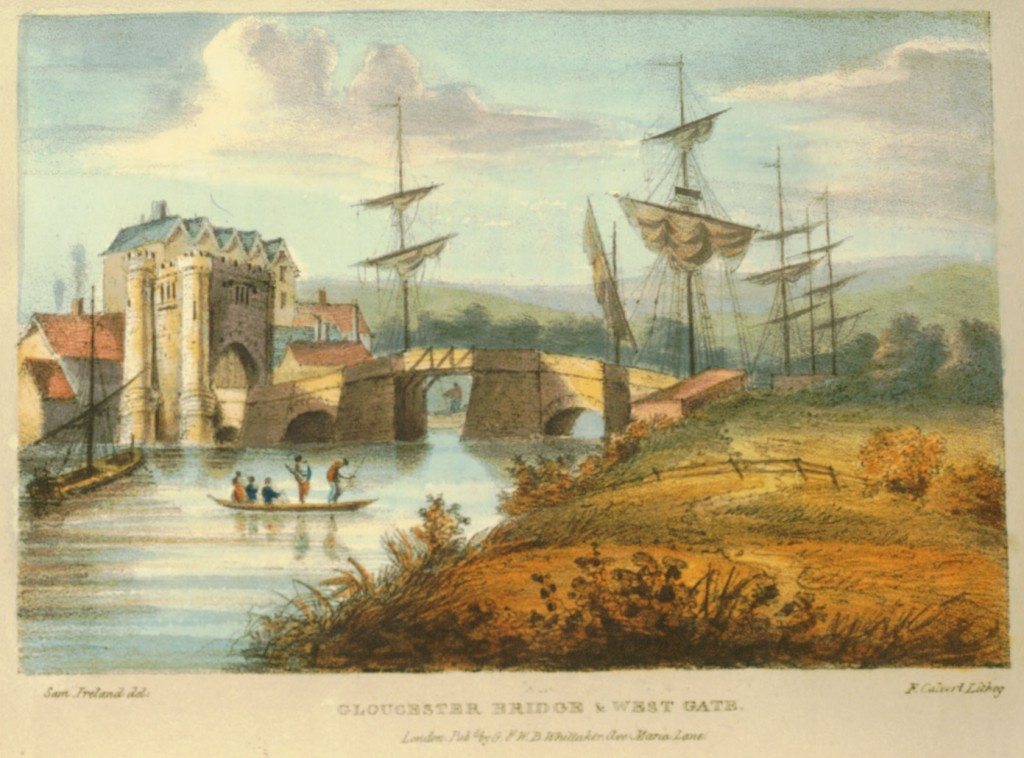Gloucester’s Economy and the Severn Trade
Image: Gloucester Bridge and West Gate. Gloucester developed as an industrial and trading base, route over the river and major port. Many Severn barges and trows exchanged their cargoes at the port. Larger vessels transported goods to Bristol and other British towns. The Gloucester Port Books survive as a major historical source for the economy of the Severn and the British coastal trade in the 18th and 19th centuries.
“In the reign of Henry VIII, a bridge of stone arches was erected over the Severn….Since Mr Ireland (the artist responsible for the engraving) visited Gloucester, this bridge…having fallen to decay, has been taken down, and the bridge has been replaced by an elegant structure, of a single arch, eighty-seven feet in its span. The new bridge from a design by Smirke, is of stone, from the Forest of Dean, faced with Cornish granite.
The associated companies of Gloucester are now as follows; – Mercers, including apothecaries, grocers, and chandlers; Smiths and Hammer-men, including ironmongers, cutlers, saddlers, and glaziers; Metalmen, including goldsmiths, braziers, pewterers, and pin-makers; Weavers; Tanniers; Butchers; Bakers: Joiners: Coopers: Shoemakers; tailors: barbers; and Glovers.
At present, the chief trade of Gloucester arises from the pin manufacture, the hemp and flax-dressing business, and the navigation of the Severn. A bell foundry has existed here more than three centuries. Gloucester has its Custom-house, at which, though few foreign entries are made, considerable business is done with coasters.”
Harral, vol. 2, p 177-178.
« Previous in this sectionContinue browsing this section
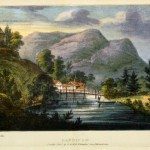 A Journey down the Severn from Thomas Harral’s Picturesque Views of the River (1824)
A Journey down the Severn from Thomas Harral’s Picturesque Views of the River (1824)
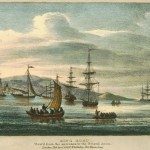 Introduction: the Severn Waterway
Introduction: the Severn Waterway
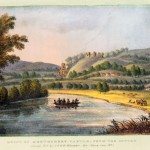 Poetry and Visions of the River Severn
Poetry and Visions of the River Severn
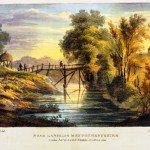 The Severn and its Origins in Wales
The Severn and its Origins in Wales
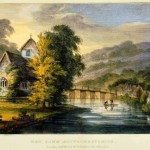 Newtown to Montgomery
Newtown to Montgomery
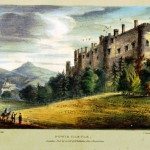 Powis Castle to Welshpool
Powis Castle to Welshpool
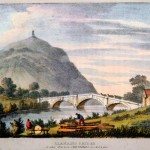 Welshpool to Shrewsbury
Welshpool to Shrewsbury
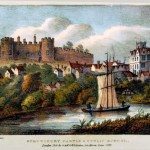 Shrewsbury
Shrewsbury
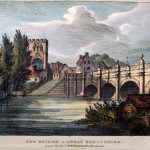 The English Bridge, Shrewsbury
The English Bridge, Shrewsbury
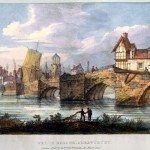 The Welsh Bridge, Shrewsbury
The Welsh Bridge, Shrewsbury
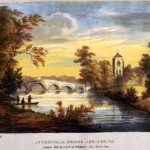 Atcham Bridge, Shropshire
Atcham Bridge, Shropshire
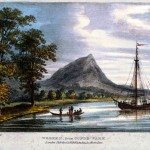 The Wrekin
The Wrekin
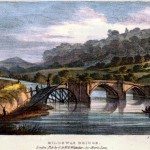 Buildwas Bridge and the Severn Earthquake of 1773
Buildwas Bridge and the Severn Earthquake of 1773
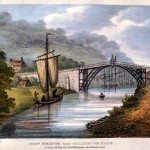 Coalbrookdale and the Ironbridge
Coalbrookdale and the Ironbridge
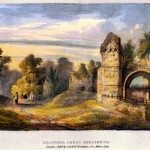 Madeley, Broseley and Lilleshall
Madeley, Broseley and Lilleshall
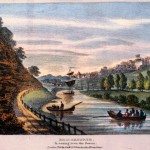 Bridgnorth
Bridgnorth
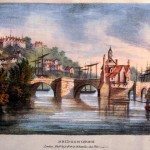 Bridgnorth’s Economy
Bridgnorth’s Economy
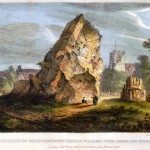 Bridgnorth Castle
Bridgnorth Castle
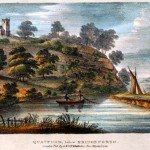 Quatford and the nearby Landscape
Quatford and the nearby Landscape
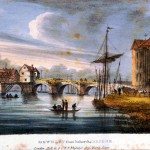 Bewdley
Bewdley
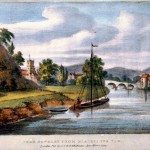 The Wyre Forest
The Wyre Forest
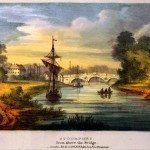 Stourport
Stourport
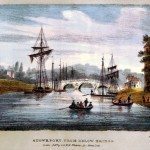 Stourport Bridge
Stourport Bridge
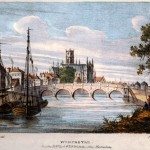 Worcester
Worcester
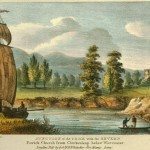 Worcester to Upton-on-Severn
Worcester to Upton-on-Severn
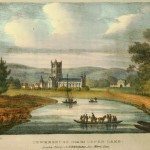 Tewkesbury
Tewkesbury
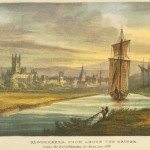 Gloucester
Gloucester
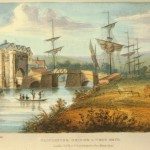 Gloucester’s Economy and the Severn Trade
Gloucester’s Economy and the Severn Trade



